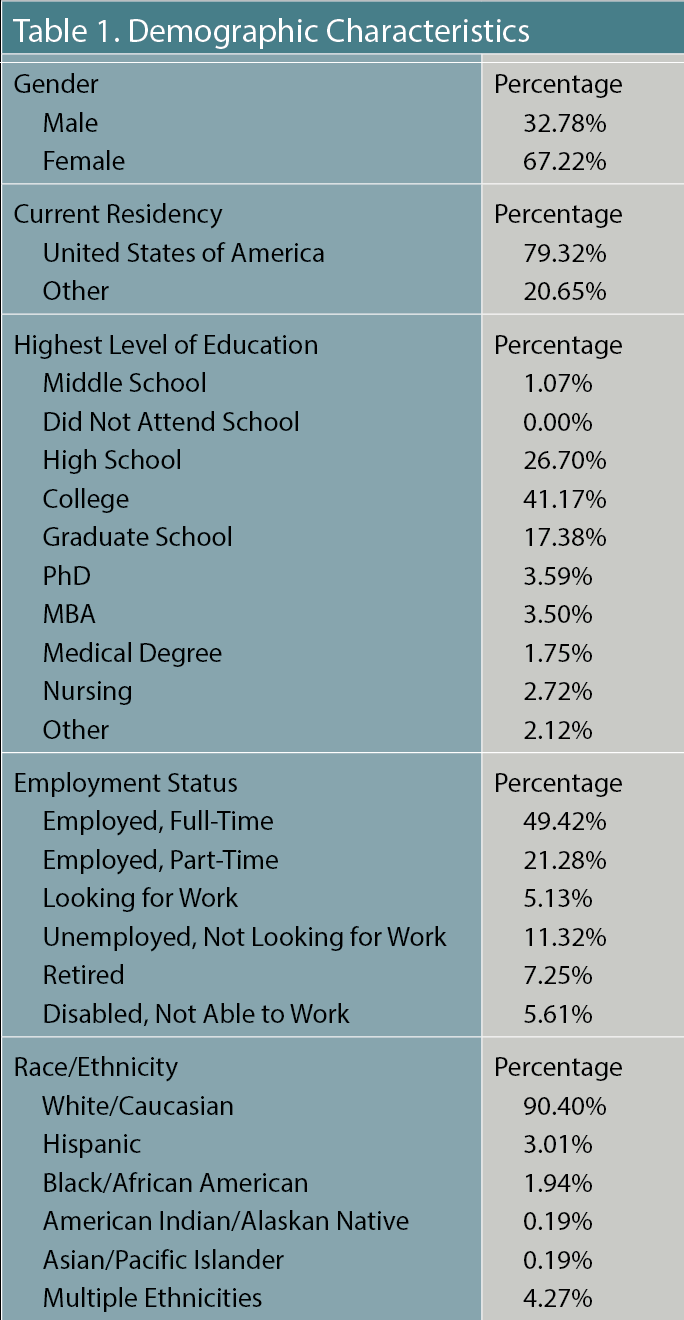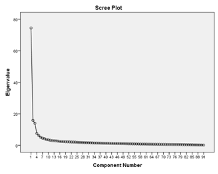See Part 1
Steven Hassan, PhD; Thomas G. Gutheil, MD; and Mansi J. Shah, MA
See Part 3
Putting the New Framework Into Practice
Steven Hassan, PhD; Thomas G. Gutheil, MD; and Mansi J. Shah, MA
Article
Author(s):
How can we more effectively evaluate undue influence? Here are methodologies and findings for research into a new framework that may help victims of undue influence find justice.
kieferpix/Adobe Stock

CLINICAL REFLECTIONS
(This is the second part of a 3-part series. The first part discussed issues surrounding undue influence in the legal system, as well as the main thought reform and brainwashing models as background for a new framework for evaluating undue influence. This article discusses the evaluation of the proposed model—Ed.)
If our current means of detecting undue influence are not sufficient, can the BITE (Behavior, Information, Thought, and Emotional) Model of Authoritarian Control be of assistance? To better understand the feasibility and efficacy of such an approach and validate its use as reliable instrument, we conducted a study, which is detailed herein.
Steven Hassan, PhD; Thomas G. Gutheil, MD; and Mansi J. Shah, MA
Putting the New Framework Into Practice
Steven Hassan, PhD; Thomas G. Gutheil, MD; and Mansi J. Shah, MA
Data Collection
An anonymous online survey was created on SurveyMonkey and sent out to participants to collect data for this study. This approach enabled us to move forward with an institutional review board exemption. Participants were recruited online via social media and blog posts. Around 14% of participants were self-identified as a current member of a high-control group living mainly in the United States and other parts of the world. From the data collected, 82% of participants reported they were former members of the Church of Jesus Christ of Latter-Day Saints, Jehovah’s Witnesses, the Church of Scientology, multi-level marketing (MLM) groups, and other high-control groups. Convenience and snowball sampling methods were used for distributing the link to friends and family members. Participants electronically consented to participate in the research study. They were assured confidentiality and anonymity, as none of the IP addresses were recorded. In addition, participation was completely voluntary, and participants could withdraw at any time.
Demographic Characteristics
Extensive demographic information from 1044 participantswas collected. Less than 15% of the sample was incomplete. Participants were asked detailed questions regarding their involvement in the group in question, duration of their involvement in the group, and so on. A summary of the demographics is provided in Table 1.
Table 1. Demographic Characteristics

BITE Instrument
To quantify the BITE model, 4 instruments were created on each component of BITE. It took approximately 30 to 40 minutes for participants to complete this survey. There were 132 items developed from the 4 instruments of BITE: 31 items were written to represent behavioral control, 33 items to represent information control, 29 items to represent thought control, and 39 items to represent emotional control. The response format was a 6-point Likert scale that ranged from 1 through 6 (1 =Never, 2 = Rarely, 3 = Occasionally, 4 = Frequently, 5 = Usually, and 6 = Always). The response labels were selected to assess the frequency of control on each of these elements. There were 20 questions based on demographics, residing country, employment status, highest education obtained, etc.
The raw data gathered from all the participants who completed the BITE model survey and demographic questions were exported from SurveyMonkey into an IBM Statistical Package for Social Sciences (SPSS). All the raw data were cleaned and labeled and made ready for analysis.
The research question for this study was: What are the underlying dimensions of the items of behavioral, information, thought, and emotional (BITE) control model of mind control?
Looking at the Results
Factor Analysis was conducted using the Principal Component Analysis method, and the following results were obtained using a scree plot, KMO and Bartlett’s test, highest item loadings, and table of the total variance.
The scree plot is used to determine the number of factors to retain in principal components analysis. The procedure of finding statistically significant factors/components is shown in the Figure. This plot confirmed the decision to go with 1-factor extraction.
Figure. Number of Factors Plotted on the Scree Plot After Running the Overall Factor Analysis on All 4 Instruments

Bartlett’s test examines whether the correlation matrix is an identity matrix. This condition just means that the variables are completely independent of each other; thus, the factor model is inappropriate. Identity matrix can be ruled out if the p-value of the test is less than 0.005.
As seen in Table 2, KMO value is .970, which is considered excellent, as it exceeds 0.5.
Table 2. BITE Instrument With KMO and Bartlett’s Test

Researchers computed Bartlett’s Test of Sphericity and showed significant sphericity of p = 0.000, which is less than (p < .05), suggesting that the factors that form the variable are satisfactory.
Factor loadings were reasonably strong, ranging from about .84 to .65. The items were examined for high to low factor loadings. All the items below .65 were excluded (Table 3).
Table 3. Selected Items With the Highest Item Loadings From the Entire BITE Instrument

As only 1 major factor was derived from the analysis, we decided to name that factor “authoritarian control.” Per Merriam-Webster Online Dictionary, the principal definition of the word authoritarian is “of, relating to, or favoring blind submission authority.” However, Encyclopedia Britannica defines authoritarianism as the “principle of blind submission to authority, as opposed to individual freedom of thought and action,” which may be a better fit.
The 4 BITE components explained a cumulative total of 49.33% of the variance (Table 4).
Table 4. Explanation of the Total Variance for the BITE Components

The first component factor explained a total of 35.07% of the variance. The analysis of the remaining 65% variance yielded no concrete significant factor. As this variance was low, insignificant, and mainly data noise, it was disregarded. These data were represented in the scree plots by the long horizontal line at the bottom in the Figure. The content of the items in the first factor resembled those in the underlined literature review, model and was labeled as control. In summary, principal component analysis of the questionnaire’s items produced an interpretable 1-factor simple structure.
Concluding Thoughts
What do these results mean, and what does this mean for real-life settings? The next installment will evaluate these results. In addition, it explains how this new framework will help the legal system provide a better tool to evaluate individuals under undue influence to provide them with the justice they deserve.
(Interested readers are invited to attend the presentation, “The BITE of Cults in Our Culture in the Age of COVID,” on Sunday, May 22, 2022, from 1:30 to 3:00 p.m. at the American Psychiatric Association Annual Meeting, in which Dr Hassan will be a copresenter.)
Dr Hassan is a mental health professional and expert working for over 45 years in the field of destructive authoritarian control (undue influence) in relationships, organizations, and belief systems. He is the author of 4 books including Combating Cult Mind Control and Freedom of Mind. He founded the Freedom of Mind Resource Center. He is the developer of the BITE Model of Authoritarian Control, the Influence Continuum Model, and the Strategic Interactive Approach. All are instrumental in helping empower individuals to exit authoritarian cults, trafficking, extremist groups, conspiracy theories, and controlling relationships.
Dr Gutheil is professor of psychiatry and cofounder of the Program in Psychiatry and Law, Beth Israel Deaconess Department of Psychiatry, Harvard Medical School. He is the first professor of psychiatry in the history of Harvard Medical School to be board certified in both clinical and forensic psychiatry. An internationally known forensic psychiatrist and author of over 300 publications in the national and international clinical and forensic literature, Gutheil has served as a consulting or expert witness in more than 40 states. Recipient of every major award in the forensic field and multiple teaching and writing awards, he is also the recipient of the 2000 A. Clifford Barger Lifetime Achievement in Mentoring Award, Harvard Medical School. Gutheil lives and works in the Boston area.
Mrs Shah was born in India and is a resident of the United States. She is a research associate at Dare Association, Inc., and a member of the Program in Psychiatry and Law at the Massachusetts Mental Health Center. She has a double master’s in psychology and writes articles based on her knowledge of behavioral and experimental psychology.
Receive trusted psychiatric news, expert analysis, and clinical insights — subscribe today to support your practice and your patients.